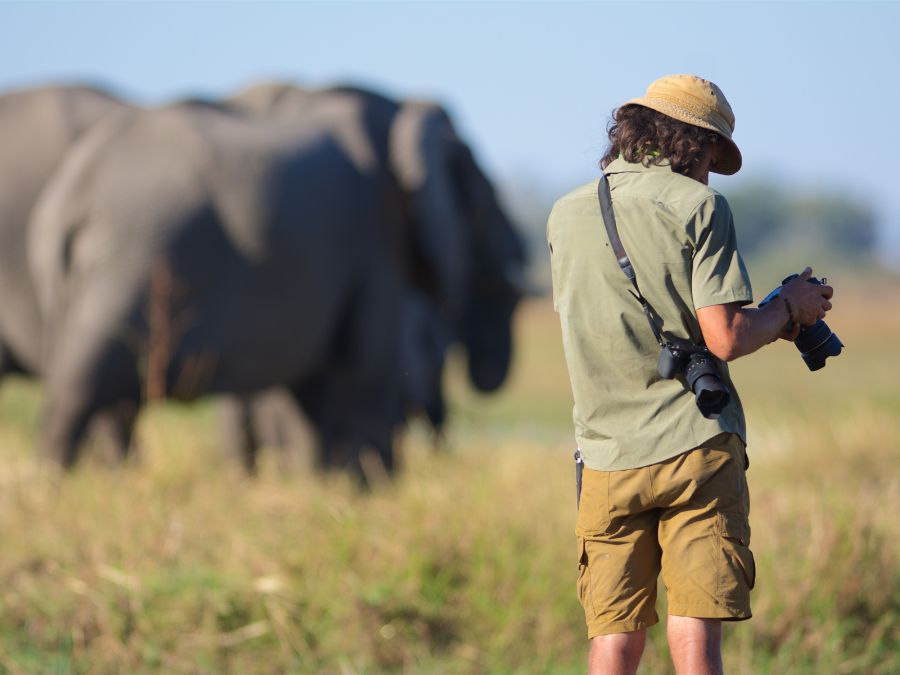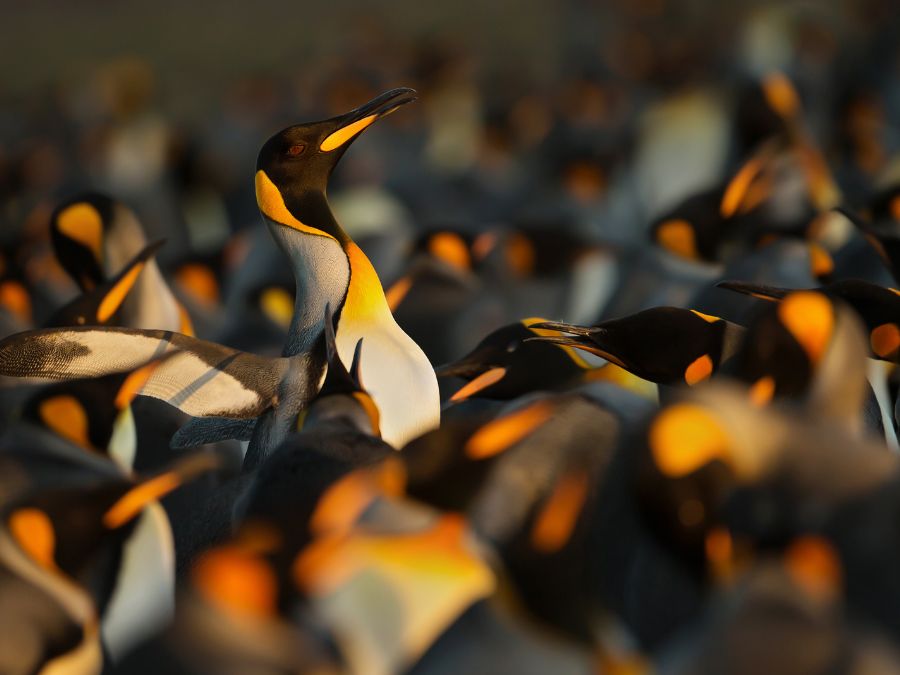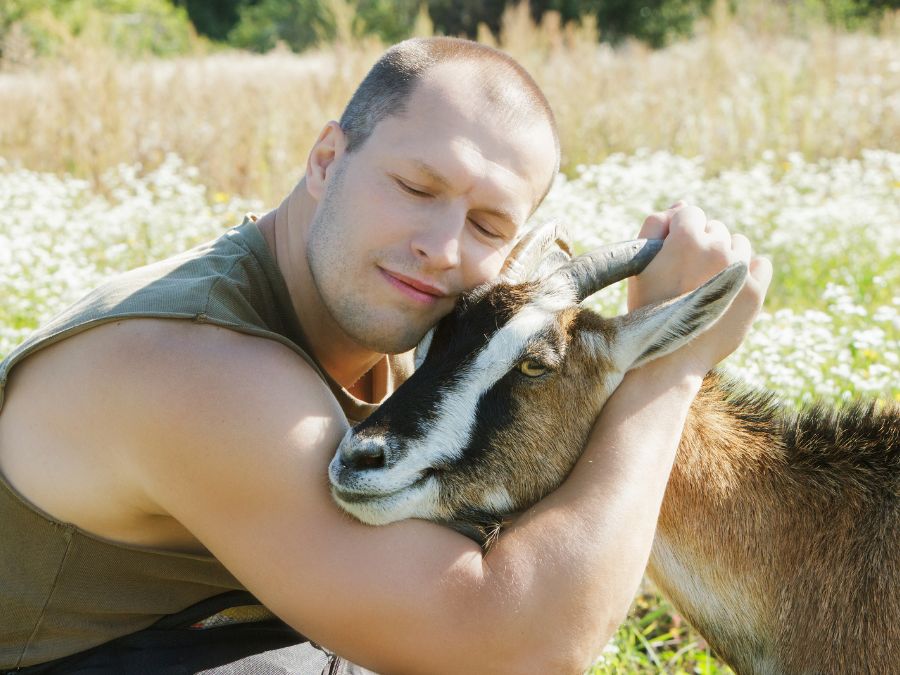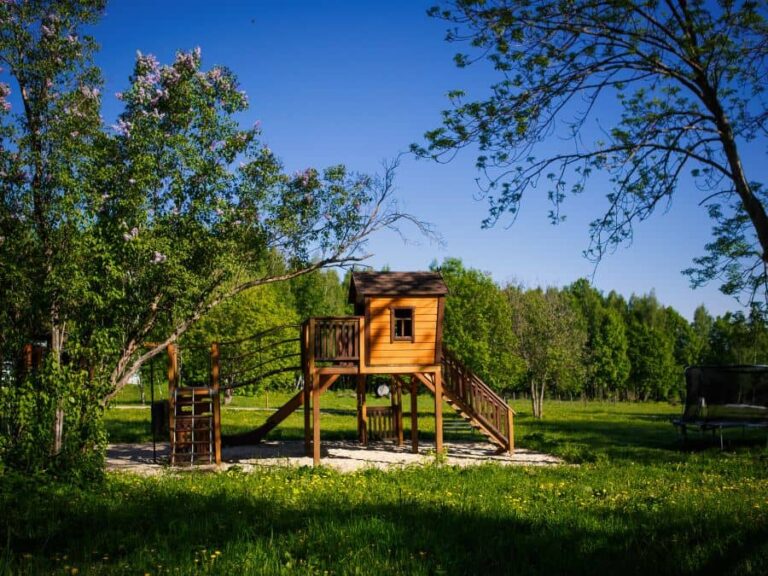Tips For Wildlife Photography In The Blue Ridge Mountains
Are you an avid photographer in search of the perfect wildlife shot? Look no further than the beautiful Blue Ridge Mountains. With its diverse range of flora and fauna, this stunning region offers countless opportunities for capturing breathtaking wildlife photographs.
In this article, we will provide you with valuable tips and techniques to enhance your wildlife photography skills specifically in the Blue Ridge Mountains.
When it comes to wildlife photography, having the right equipment is crucial. The Blue Ridge Mountains are home to a wide variety of animals, from elusive black bears to graceful deer and vibrant bird species. To capture these creatures in their natural habitat, investing in a telephoto lens with a long focal length is essential. Additionally, consider carrying a sturdy tripod to ensure stability and minimize camera shake.
By equipping yourself with the proper tools, you’ll be well-prepared to capture mesmerizing shots of the magnificent wildlife that calls the Blue Ridge Mountains home.

Choosing the Right Equipment for Wildlife Photography
When capturing wildlife in the Blue Ridge Mountains, it’s crucial to choose the right equipment for photography.
The first step in wildlife photography is to invest in proper gear. A high-quality camera with a fast burst mode and interchangeable lenses will allow you to capture animals in motion and different focal lengths. Additionally, telephoto lenses are essential for getting close-up shots of distant animals without disturbing their natural behavior.
It’s also important to consider the weight of your gear as you may have to hike long distances on uneven terrain. Look for lightweight options that won’t weigh you down during your nature excursions.
Equipment selection plays a significant role in determining the success of your wildlife photography adventures. Along with a reliable camera and lens, don’t forget about other essential accessories such as a sturdy tripod or monopod to stabilize your shots, especially when photographing shy or elusive animals.
Consider investing in a good quality camera bag or backpack that provides easy access to your gear while keeping it protected from the elements. Lastly, pack extra batteries and memory cards because there’s nothing worse than running out of power or storage space at a critical moment.
By carefully choosing your wildlife photography gear and equipment, you’ll be well-prepared to capture stunning images of the diverse wildlife found in the Blue Ridge Mountains.

Understanding Wildlife Behavior in the Blue Ridge Mountains
Understanding the behavior of animals in the Blue Ridge Mountains wildlife habitats is essential for capturing captivating images. The Blue Ridge Mountains offer a diverse range of wildlife, from black bears to white-tailed deer, and each species has its own unique behaviors and habits. By studying and understanding these behaviors, you can increase your chances of getting that perfect shot.
One important tip for wildlife photography in the Blue Ridge Mountains is to be patient and observant. Animals in this region are often elusive and easily spooked, so it’s crucial to blend into your surroundings and wait for the right moment. Take the time to learn about their feeding patterns, mating rituals, and preferred habitats. This knowledge will help you anticipate their movements and get closer to them without causing any disturbance.
Another useful trick is to familiarize yourself with the sounds and calls of different animals. Many species communicate through vocalizations, so being able to recognize their calls can lead you directly to them. Additionally, pay attention to non-verbal cues such as body language or territorial displays. These signals can indicate when an animal is feeling threatened or relaxed, allowing you to adjust your approach accordingly.
By understanding wildlife behavior in the Blue Ridge Mountains and implementing these tips and tricks into your photography practice, you’ll be well-equipped to capture stunning images of the region’s diverse wildlife. Remember that patience, observation, and respect for nature are key elements in successful wildlife photography. So go out there, explore this beautiful landscape, and let your camera tell stories through its lens!

Finding the Best Locations for Wildlife Photography
To capture breathtaking images of the diverse wildlife in this magnificent landscape, you need to know where to find them. The Blue Ridge Mountains offer an abundance of opportunities for wildlife photography, but it’s important to do your research and scout out the best locations.
One technique is to talk to local experts or join a guided tour specifically tailored for wildlife photography. They can provide valuable insights on where certain species are commonly found and when they are most active. Additionally, consider visiting popular national parks or nature reserves in the area, as these protected areas often attract a wide variety of wildlife.
When venturing into the Blue Ridge Mountains for wildlife photography, having the right gear is essential. Invest in a telephoto lens with a long focal length to capture detailed shots from a distance without disturbing or endangering the animals. A tripod will also come in handy for those steady shots that require longer exposures.
In terms of camera settings, use a fast shutter speed to freeze any sudden movements and ensure sharp images. It’s also helpful to familiarize yourself with different animal behavior patterns so you can anticipate their actions and adjust your settings accordingly. Remember, patience is key when it comes to wildlife photography – spend time observing and waiting for that perfect moment when everything aligns for an extraordinary shot.

Mastering Composition and Lighting Techniques
Immerse yourself in the art of capturing stunning wildlife images by mastering composition and lighting techniques.
One important principle to keep in mind is the rule of thirds. Instead of placing your subject right in the center of the frame, imagine a grid dividing your image into nine equal parts and position your subject along one of these lines or at their intersections. By doing so, you create a more dynamic and visually appealing composition that draws the viewer’s eye to different areas of the photograph.
This technique can greatly enhance your wildlife photography by adding depth and balance to your images.
In addition to composition, lighting plays a crucial role in creating captivating wildlife photographs. The golden hour, which refers to the first hour after sunrise or the last hour before sunset, offers some of the most beautiful and flattering light for outdoor photography.
During this time, the sun is low on the horizon, casting warm and soft light that enhances colors and adds a magical quality to your images.
Take advantage of this golden hour lighting by planning your wildlife photography outings accordingly. Be prepared to wake up early or stay out late to capture those breathtaking moments when animals are bathed in warm, golden light.
Mastering composition and harnessing the power of golden hour lighting will elevate your wildlife photography skills and allow you to capture truly remarkable images in the Blue Ridge Mountains.

Patience and Persistence: Tips for Waiting and Observing
Waiting patiently and observing intently are key to capturing those elusive moments in nature that make wildlife photography truly extraordinary.
When it comes to waiting techniques, finding the right spot is crucial. Take the time to scout locations beforehand, looking for signs of animal activity such as tracks, droppings, or feeding areas. Once you’ve identified a potential spot, set up your gear quietly and settle in for a long wait.
While waiting, it’s important to practice your observing skills. Pay attention to your surroundings and be aware of any movement or sounds. Wildlife often blend into their environment, so being able to spot subtle changes or slight movements can make all the difference in capturing that perfect shot.
Use your peripheral vision and scan the area slowly but systematically. Be patient and resist the urge to move around too much or make sudden movements that could scare away animals.
By honing your waiting techniques and sharpening your observing skills, you’ll increase your chances of witnessing those magical moments in nature that will result in breathtaking wildlife photographs in the Blue Ridge Mountains.

Tips for Capturing Action Shots of Wildlife
Capturing the raw energy and movement of wildlife can transport you into a thrilling world where every action shot tells a captivating story. To capture these dynamic moments, it’s important to understand and anticipate wildlife behavior. Observing their patterns and learning about their habits will help you position yourself in the right place at the right time.
Additionally, using fast shutter speeds can freeze the motion and ensure sharp images of wildlife in action.
Techniques for capturing wildlife movement include panning, which involves following the animal’s movement with your camera while keeping it in focus. This creates a sense of speed and blur in the background, highlighting the subject’s motion. Another technique is burst mode or continuous shooting, where multiple images are taken rapidly in succession. This allows you to capture a series of movements, increasing your chances of getting that perfect shot.
Remember to be patient and persistent when trying to capture action shots of wildlife. It may take several attempts before you get the desired result, but don’t give up!
The Blue Ridge Mountains offer incredible opportunities for observing and photographing wildlife in action. So grab your camera, apply these techniques, and let yourself be immersed in this exhilarating world where every click captures a moment filled with life and excitement.

Ethical Wildlife Photography: Respecting and Protecting the Animals
Respecting and protecting animals is a crucial aspect of ethical wildlife photography, as it allows us to appreciate their beauty while ensuring their well-being. When photographing wildlife in the Blue Ridge Mountains, it’s important to remember that you’re entering their natural habitat.
Be mindful of your presence and try not to disrupt or disturb the animals in any way. This means keeping a safe distance and using zoom lenses instead of getting too close. By doing so, you show respect for their space and reduce the risk of causing stress or harm.
In addition to respecting wildlife habitats, responsible photography also involves being aware of the impact we have on the environment. Avoid leaving any traces behind such as litter or damage to vegetation. Stay on designated trails whenever possible to minimize disturbance to plants and animals.
It’s also important to be patient when trying to capture that perfect shot. Instead of chasing after animals, allow them to come naturally into your frame. This way, you’re not interfering with their behavior or causing unnecessary stress.
By following these principles of ethical wildlife photography, you can enjoy capturing stunning images while ensuring the well-being and preservation of the beautiful creatures that call the Blue Ridge Mountains home.
Finding the Best Locations for Wildlife Photography
In conclusion, wildlife photography in the Blue Ridge Mountains requires careful preparation and a deep understanding of both the equipment and the behavior of the animals. By choosing the right equipment, such as a telephoto lens and a sturdy tripod, you can capture stunning images of the diverse wildlife found in this region. Additionally, taking the time to study and understand wildlife behavior will allow you to anticipate their movements and capture those perfect moments.
Finding the best locations for wildlife photography is crucial. Researching popular spots where animals tend to gather or frequent can greatly increase your chances of capturing unique shots. Paying attention to composition and lighting techniques will also enhance your photographs, ensuring that they are visually appealing and artistically composed.
Patience and persistence are key qualities for any wildlife photographer. Waiting patiently for hours or even days can yield incredible results. Observing animal behavior closely allows you to anticipate their actions and reactions, resulting in more dynamic shots.
Lastly, it’s important to practice ethical wildlife photography by respecting and protecting the animals you’re photographing. Keep a safe distance from them so as not to disturb or endanger them, avoid using flash when unnecessary, and never disrupt their natural habitats.
By following these tips, you can become a skilled wildlife photographer in the Blue Ridge Mountains who captures breathtaking images while also preserving the beauty of nature for future generations to enjoy. So grab your camera gear, venture into this stunning mountain range, and let your passion for photography blend with your love for nature!







